What Is a GST/HST Return?
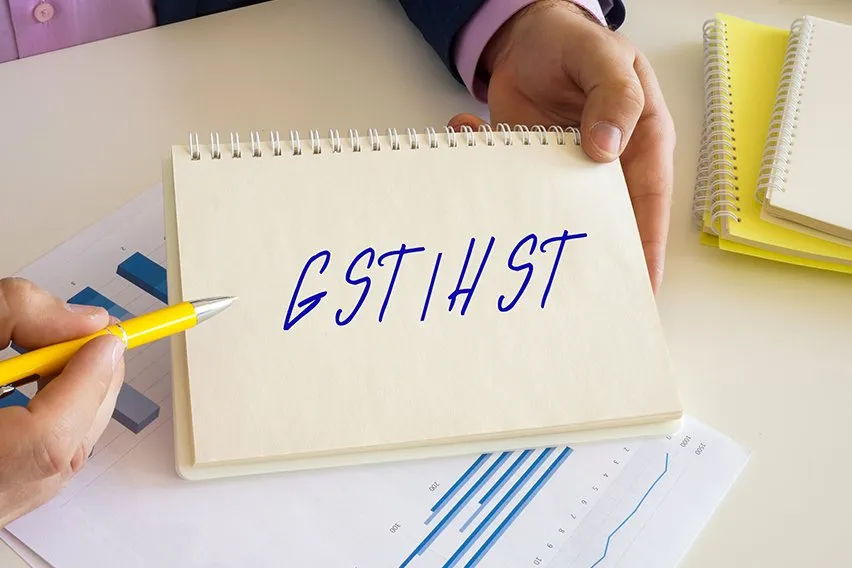
It can be quite daunting to try and wrap your head around all of the financial information that comes with running a business. That confusion can multiply tenfold when it comes to figuring out what taxes you should and shouldn’t be paying, including how to pay taxes in Canada.
One of the taxes Canadian business owners must pay is GST/HST. Read on for a closer look at the definition, the differences between the 2, and what you need to know to correctly fill out your tax forms.
Key Takeaways
- The Federal Goods and Services Tax, or GST, is a 5% tax on most Canadian goods and services
- Harmonized sales tax, or HST, is a consumption tax paid by local consumers and businesses in many Canadian provinces
- Once a year, any business that pays GST or HST needs to file a return to collect, report, and remit their due taxes to the CRA
- Using accounting software is the easiest and most accurate way for small businesses to keep track of their GST and HST
Here’s What We’ll Cover:
- What Is GST?
- How Do You Calculate GST?
- What Is HST?
- How Do You Calculate HST?
- What Is a GST/HST Return?
- How Do I Keep up-to-Date With My Taxes?
- Conclusion
- Frequently Asked Questions
What Is GST?
The Federal Goods and Services Tax, or GST, is a 5% tax on most Canadian goods and services.
The government introduced it on January 1st, 1991, when it replaced the hidden 13.5% Manufacturer’s Sales Tax. Its aim was to improve and streamline the tax system, especially for Canada’s export businesses.
However, not all provinces signed on to merge their existing provincial sales tax systems with the GST. This then forced business owners to file both GST and Provincial Sales Tax returns or PST.
All of the provinces that did combine their sales taxes with the GST charge what is known as Harmonized Sales Tax, or HST.

How Do You Calculate GST?
Due to different provinces and territories charging different percentages, it can get quite confusing.
To begin with, we’ll look at the 4 provinces and territories that have no provincial sales taxes.
- Alberta
- The Northwest Territories
- Nunavut
- Yukon
In these areas, GST is charged by calculating 5% of the item’s sale price and adding it to the final bill.
GST Calculations Formula
The formula for calculating GST is as follows:
- Find your GST percentage by consulting this chart
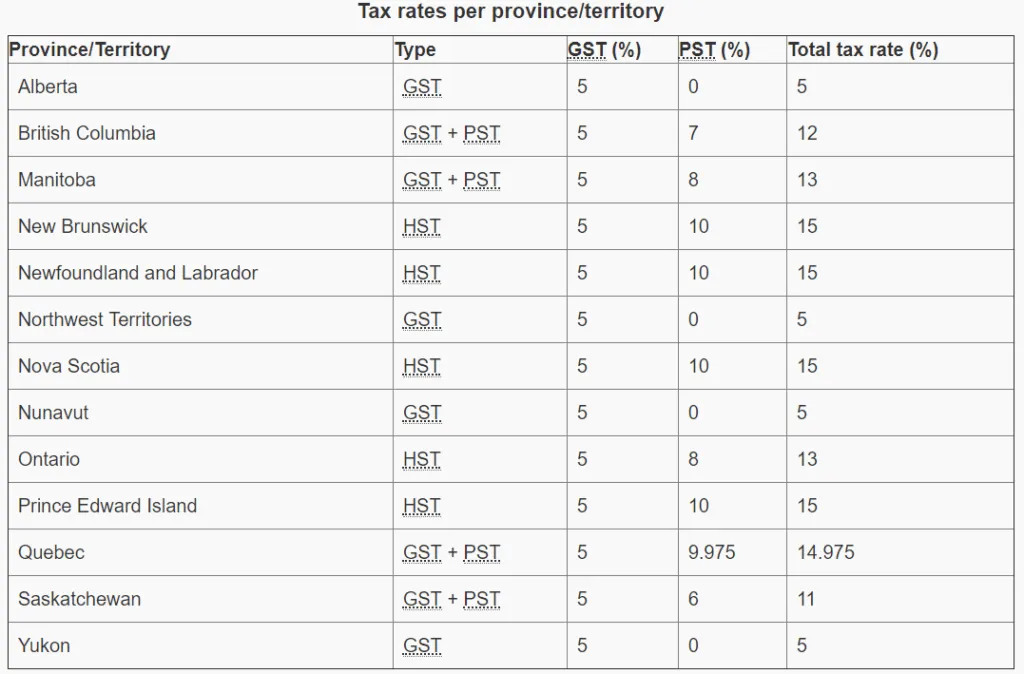
2. GST= Supply Value X your province’s GST%

3. Price of the Good = Supply Value + Amount of GST

Example of GST Calculation
So, for example, if you were selling your skirt in Yukon, you would have an invoice that looks like this:
Skirt: $39.99
GST @ 5%: $2.00
Total Price: $41.99
But for provinces that charge GST and PST separately, you’ll get a slightly different story.
In these provinces, you have to charge both GST and PST. PST is different in each area that uses it. The PST percentages in those provinces at the time of writing this article are:
- British Columbia: 7%
- Saskatchewan: 6%
- Manitoba: 7%
- Quebec: 9.975% – This is known as the Quebec Sales Tax or QST
A business will have to calculate both the GST and PST, but the GST will be calculated on the price of the goods or services before PST has been applied.
So, for example, if you were selling your skirt in Manitoba, you would have an invoice that looks like this:
Skirt: $39.99
GST @ 5%: $2.00
PST @ 7%: $2.80
Total Price: $44.79
Keep all of your accounting stress-free and accurate, to ensure your business runs smoothly. Learn more about FreshBooks accounting products today. Click here to start your free trial.
What Is HST?
Harmonized sales tax, or HST, is a consumption tax that local consumers and businesses pay in a number of provinces within Canada.
It works by combining the nation’s federal goods and services tax and the other various provincial sales taxes.
At the current time of writing, five Canadian provinces use the HST. These provinces are:
- Newfoundland & Labrador: Joined in 1997
- New Brunswick: Joined in 1997
- Nova Scotia: Joined in 1997
- Ontario: Joined in 2010
- Prince Edward Island: Joined in 2010
Though some disagree with the idea of a harmonized tax system, it can also be argued that harmonizing taxes improve the competitiveness of Canadian businesses. This is through simplifying their administrative costs, which in turn should lead to lower prices for consumers.
The HST is paid by consumers when they come to the point of sale. The seller will collect the tax proceeds by adding the current HST rate to the cost of the goods or services. They would then pass on the collected tax to the tax division of the federal government.
This division is known as the Canada Revenue Agency or the CRA. The CRA then later allocates the provincial portion of the collected tax to the respective province’s form of government.
How Do You Calculate HST?
In the five provinces that charge HST, you would charge the appropriate percentage of HST on goods and services.
Combining these with GST, the current rates are:
- Newfoundland & Labrador: 15%
- New Brunswick: 15%
- Nova Scotia: 15%
- Ontario: 13%
- Prince Edward Island: 15%
Let’s continue using our boutique clothing store example where you sell a skirt for $39.99.
If you were selling it in Newfoundland, you would calculate the price as:
Skirt: $39.99
HST @ 15%: $6.00
Total Price: $45.99
Whereas if you were selling the same skirt in Ontario, then the price would be:
Skirt: $39.99
HST @ 13%: $5.20
Total Price: $45.19

What Is a GST/HST Return?
Once a year, any business that pays GST/HST will have to file a return.
This is done by businesses using their Business Numbers, or their GST/HST numbers, to collect, report and remit their due taxes to the CRA.
You will have been assigned your Business Number when you registered for a GST/HST number.
Once you’ve registered, the CRA will mail you a personalized return form. This paperwork will consist of two parts:
- A “working copy” of your GST/HST return. This allows you to work through all of the required calculations.
- The actual tax return form. This includes all of the information you will need to submit your return to the CRA.
On the working copy, you will need to enter the following information:
- Total sales and other revenue
- Total tax you’ve collected
- Total tax you’ve paid
- Any other credits or debits
Once this has been completed, you’ll be able to calculate if you are either owed a refund or if you need to pay the CRA.
The CRA allows you a number of ways to file your tax return remotely. These ways are:
- Through your bank or credit union
- Through your computer via GST/HST NETFILE
- Through your computer via your CRA My Business Account
- By phone via TELEFILE
- Via third-party software that the CRA has certified for filing GST/HST returns.
How Do I Keep Up to Date With My Taxes?
There are a number of ways that small businesses can keep track of their GST/HST taxes. One such method is through using accounting software such as FreshBooks.
Its accounting solution is a great way to keep all of your financial information in one integrated place. This allows you to confidently file your return each year, safe in the knowledge that everything is correct and in the right place.
Click here to try FreshBooks for free.
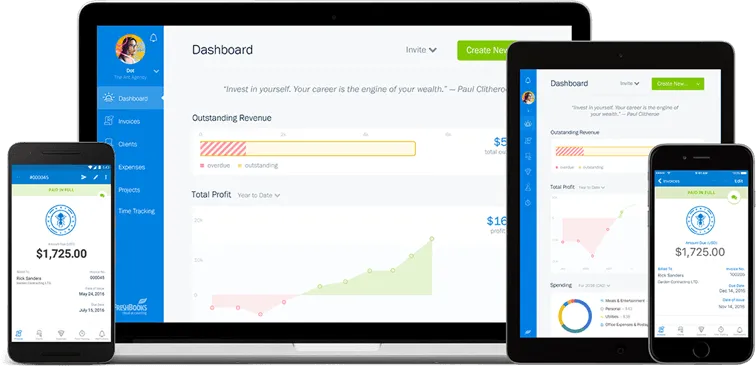
Conclusion
It can be daunting to keep track of the various taxes and tax percentages on goods and services in various provinces and territories. A clear understanding of the definition of GST/HST helps you track and manage your tax obligations. As a small business owner, it’s vital that you keep track of your GST/HST taxes. The CRA states quite clearly that it can issue a variety of penalties for not filing a report during a reporting period. There are also penalty fees for filing your return incorrectly. These penalties can vary and scale depending on the specifics of the particular tax situation.
Avoid the hassle, frustration, and anxiety that come with incorrect GST/ HST tracking by using FreshBooks bookkeeping software. Simplify the process and work with a small business expert bookkeeper to make tax season a breeze. Click here to start your free trial.
FAQs on GST/HST Return
Who has to file a GST/HST return?
Any business with a combined income that exceeds the $30,000 limit for a single calendar quarter or any four consecutive calendar quarters must register for GST/HST.
How do I claim my GST/HST refund?
To claim your rebate, use Form GST189, General Application for GST/HST Rebate. Remember, you can only use one reason code per rebate application. If you’re eligible to claim a rebate under more than one code, you’ll need to use a separate rebate application for each individual reason.
How much is GST/HST in Canada?
The current GST rate is 5% in Alberta, British Columbia, Manitoba, Northwest Territories, Nunavut, Quebec, Saskatchewan, and Yukon. HST is 13% in Ontario and 15% in New Brunswick, Newfoundland and Labrador, Nova Scotia, and Prince Edward Island.
How much is the GST/HST benefit?
For the 2021 base year, you can get up to $467 in you are single, $612 if married or have a common-law partner and an additional $161 for each child under the age of 19. This is for personal benefits and goes off of your personal income and personal income tax return.
Do I need to file GST/HST returns if there are no sales in a reporting period?
Yes. Even if your business didn’t make any taxable sales or purchases during the reporting period, you must file your GST/HST tax return by the due date.
More Useful Resources
About the author
Michelle Alexander is a CPA and implementation consultant for Artificial Intelligence-powered financial risk discovery technology. She has a Master's of Professional Accounting from the University of Saskatchewan, and has worked in external audit compliance and various finance roles for Government and Big 4. In her spare time you’ll find her traveling the world, shopping for antique jewelry, and painting watercolour floral arrangements.
RELATED ARTICLES


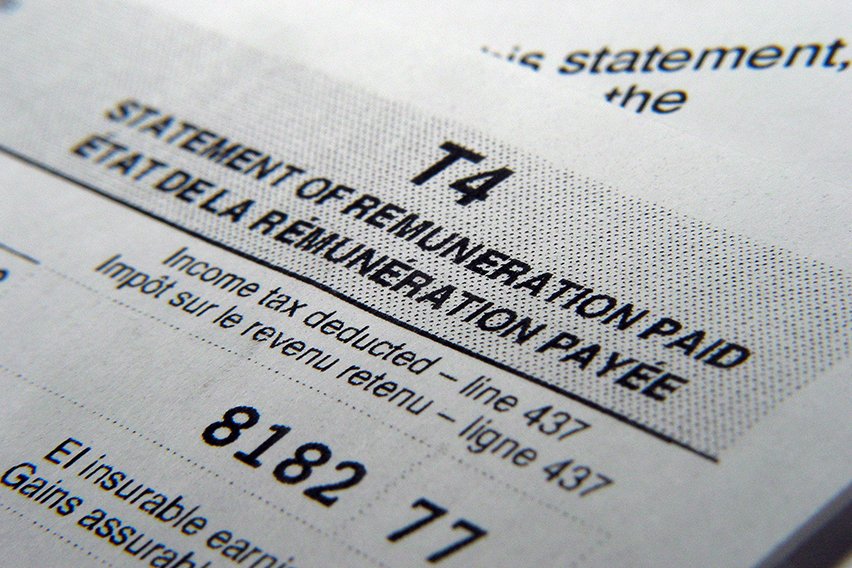 T4 Slip: What Is It and How Do You Get Yours?
T4 Slip: What Is It and How Do You Get Yours?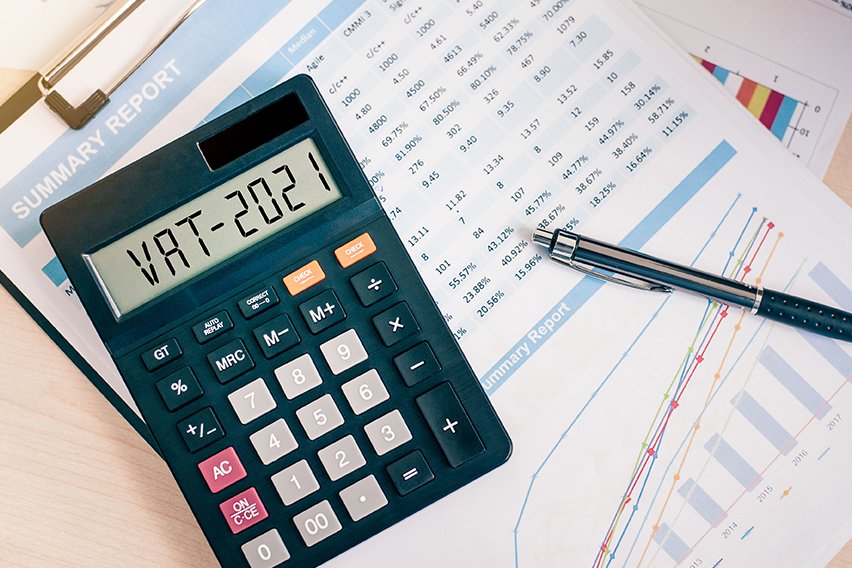 What Is VAT (Value-Added Tax) & How to Calculate It?
What Is VAT (Value-Added Tax) & How to Calculate It?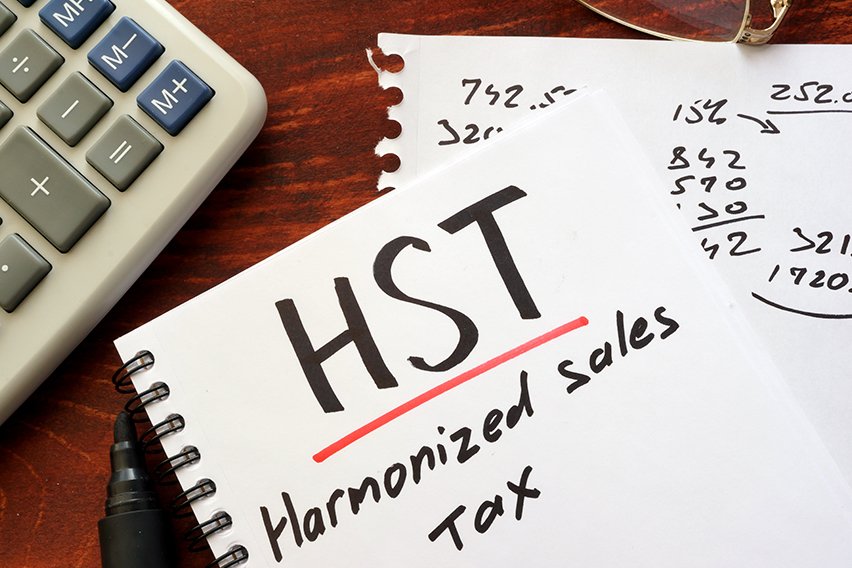 What Is HST (Harmonized Sales Tax)?
What Is HST (Harmonized Sales Tax)?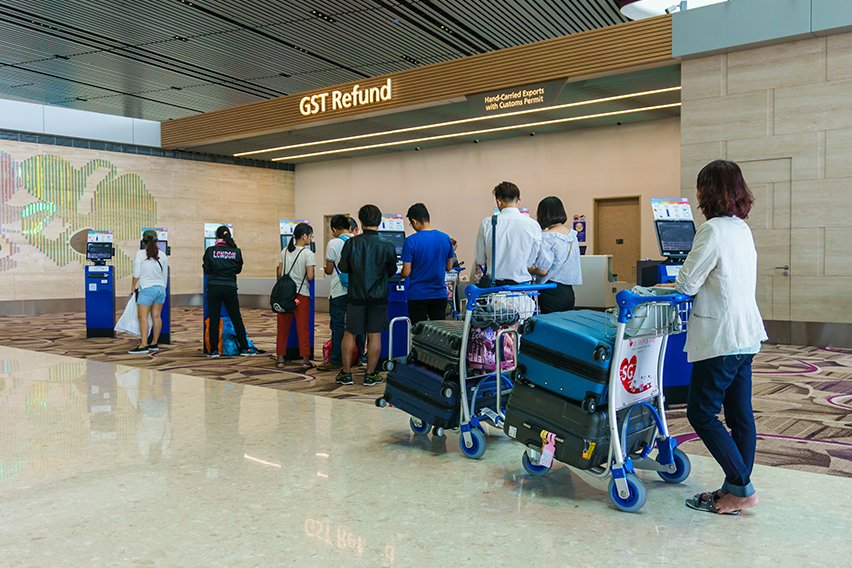 What Is GST Refund & How to Get It
What Is GST Refund & How to Get It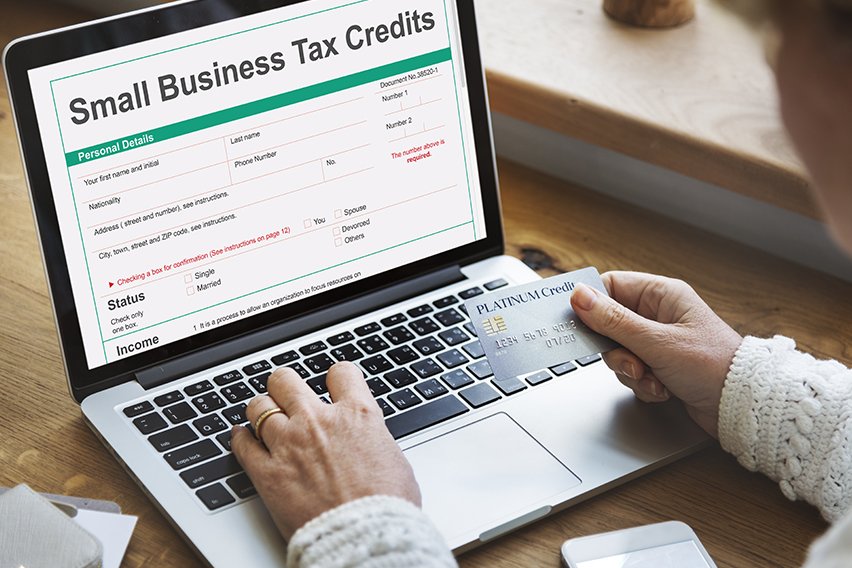 Small Business Deduction: Understand What You Should Know
Small Business Deduction: Understand What You Should Know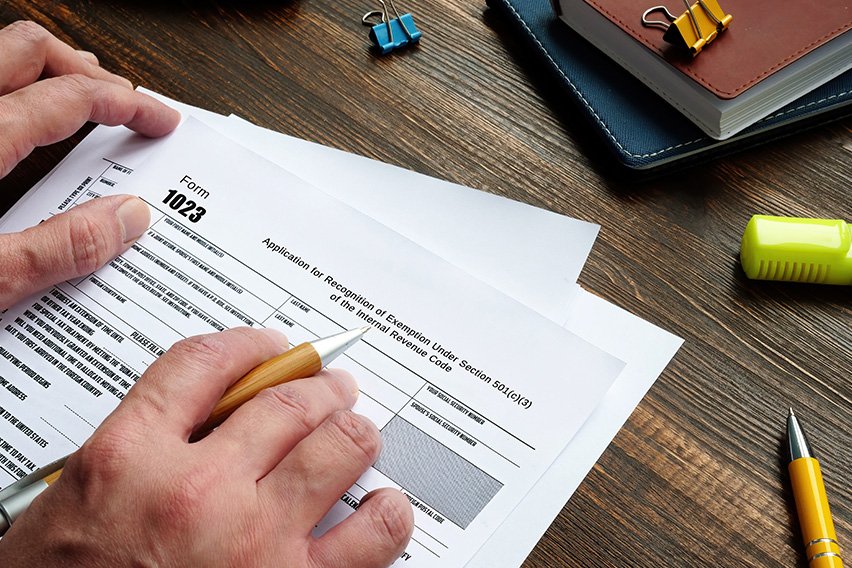 Tax Exemption Requirements for Organizations
Tax Exemption Requirements for Organizations